








Restoration Information
Audio Specifications Database
Audio Picture Gallery
Our Testing Procedures
FAQ
Heathkit AA-1640 Gallery
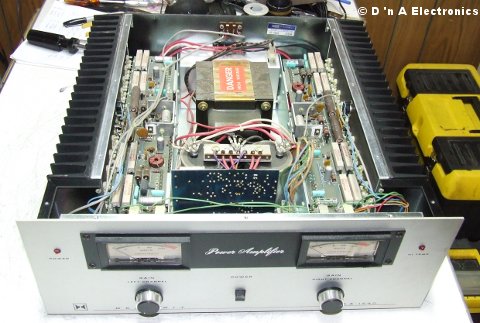
The power level meters were optional.
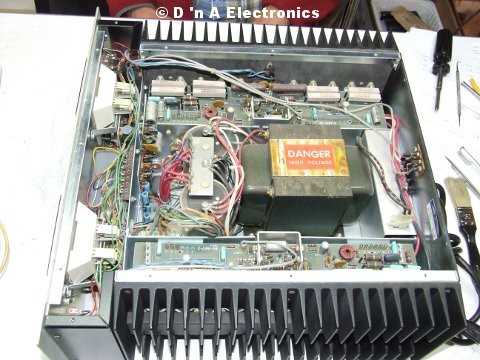
The AA-1640 has big heatsinks!
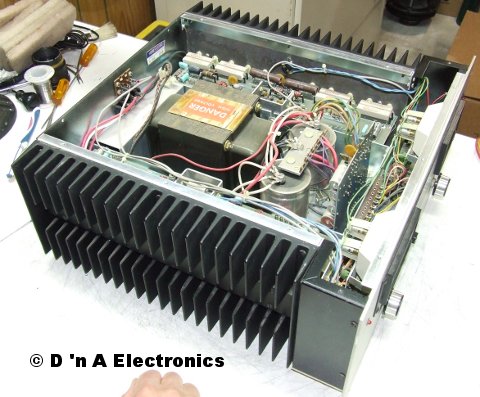
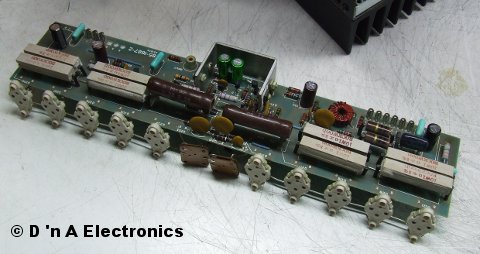
One of the two output stage circuit boards. The Heathkit AA-1640 uses a quasi-complementary output transistor arrangement. There are eight output transistors per channel; all are NPN (in a complementary arrangement, half the output transistors would be PNP). Although the AA-1640 is class AB, it does not have trimmers to adjust the bias current. Instead, it uses 1 Ω emitter resistors to minimize the effects of different output transistor VBE (a fairly high value, as emitter resistors go; 0.22 to 0.47 Ω is more common). Transistors are not all the same, even among samples of the same part number. Modern transistors from the same batch tend to be reasonably well matched, however.
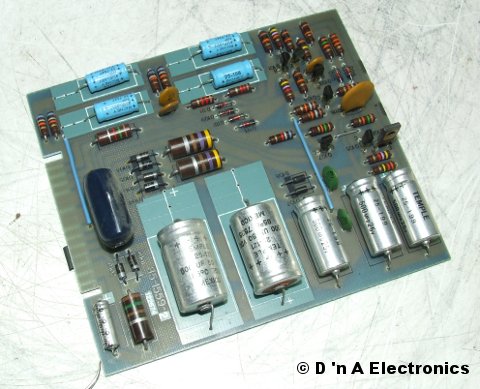
The power supply board, with original capacitors.

The replacement main power supply filter caps (black cylinders in the centre of the picture). Originally, the AA-1640 has 7500 microfarad filter cans. An amp like this deserves bigger cans, and we replaced them with 15000 uF 100 V devices.

The 200 watts per channel rating of this amplifier is quite conservative. With the 15000 uF filter cans, we measured in the neighbourhood of 290 watts per channel at 1% total harmonic distortion at 1 kHz! That's not so surprising when you consider that the AA-1640 has rail voltages of ±91 VDC. As I write this, I have a Nikko Alpha 650 on the bench (rated 300 watts per channel) that has ±94 VDC rail voltages. So, the numbers compare well.
Unfortunately, we didn't measure the output power before replacing the smaller filter cans (smaller meaning lower capacitance). I suspect, though, it would have been somewhat lower. If an amp is otherwise capable, the output power is ultimately limited by the output voltage swing, which is limited by the rail voltages (the voltage across the filter cans). As the output increases, the rail voltages sag somewhat. The lower the capacitance of the filter cans, the more the rail voltages sag. Increasing the capacitance decreases the sag. There does come a point of diminishing returns, however, and the benefit is most pronounced when the amp has puny cans to start with, as the AA-1640 does. By comparison, the Nikko Alpha 650 I have on the bench has four times the total filter capacitance as the stock AA-1640! I can only assume the high power supply voltage / small filter can combination made it cheaper to produce the amp (bigger cans are more expensive).
While I'm on the subject, I should mention that there are plenty of technical reasons why the output voltage of the amp cannot swing from rail to rail, no matter how large the filter cans are. If it could, with really big cans this amp would put out about 500 watts per channel into 8 Ω. It doesn't.
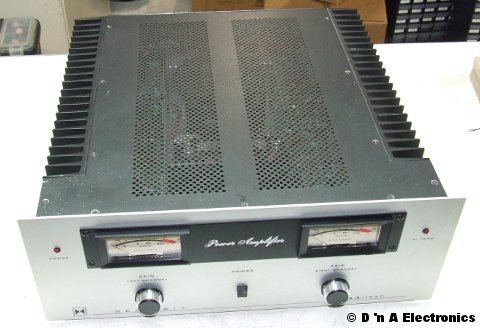

Personally, I love the looks of this amplifier!

Souped-up, the Heathkit AA-1640 is a terrific performer!
Probably better known for their radio and test equipment kits, Heathkit nonetheless produced many fine audio equipment kits.
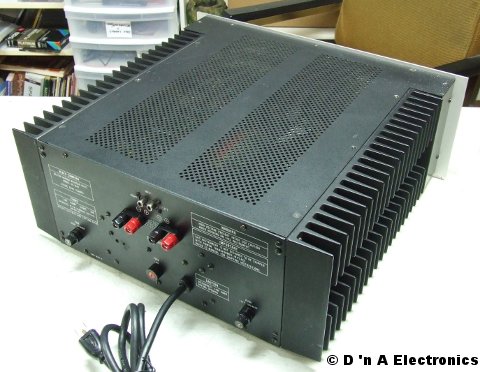
Originally, the amp had poor quality input jacks and utterly useless speaker terminals. We replaced both (along with a heck of a lot of other parts).
D 'n A Electronics is a Father & Son business located in Kitchener, Ontario, Canada. We specialize in restoring hi-fidelity audio power amplifiers, integrated amplifiers, preamplifiers, receivers, and tuners. We've been repairing vintage audio equipment since long before it was considered vintage! It is our goal, and pleasure, to reliably restore hi-fi audio equipment to original operating condition (or better!). We accept shipments from across Canada, and many customers from Kitchener, Waterloo, Cambridge, Guelph, Hamilton, London, Toronto and surrounding areas find us to be within convenient driving distance. Thank-you for visiting our website, we look forward to serving you!
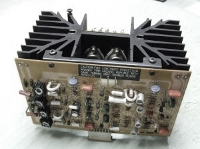

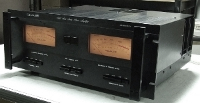

The Heathkit AA-1640 power amplifier. 200 watts per channel. You can check out the specs here.
If you have a Heathkit AA-1640 amplifier that is in need of repair, call us at (519)513-1084, or email your enquiry to repairs@dnaelectronics.ca.